
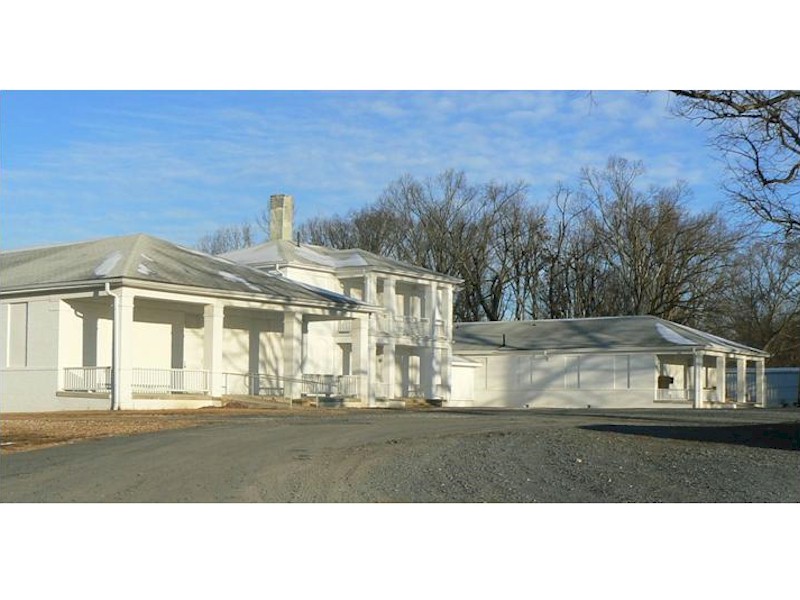
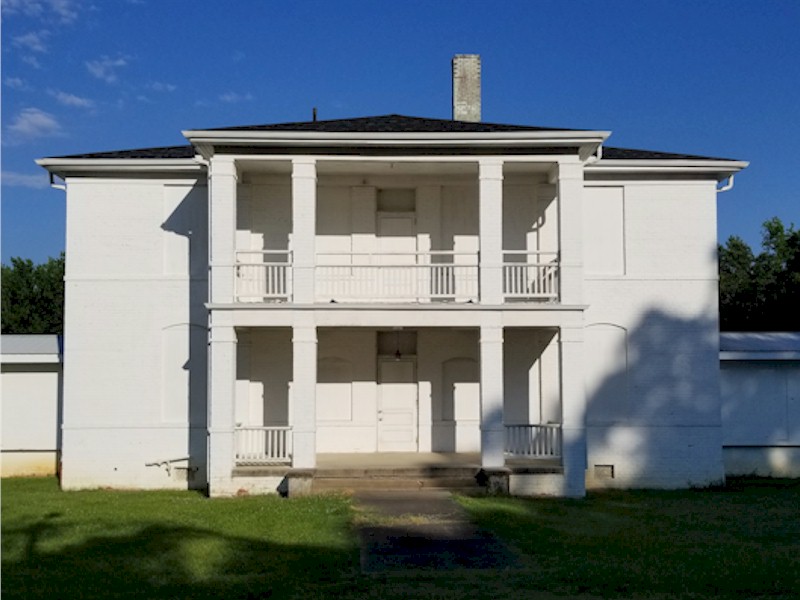
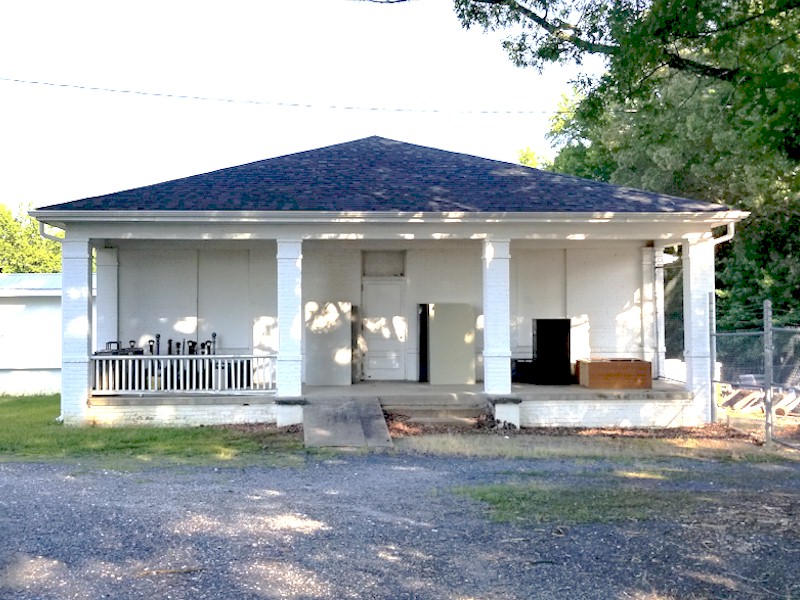
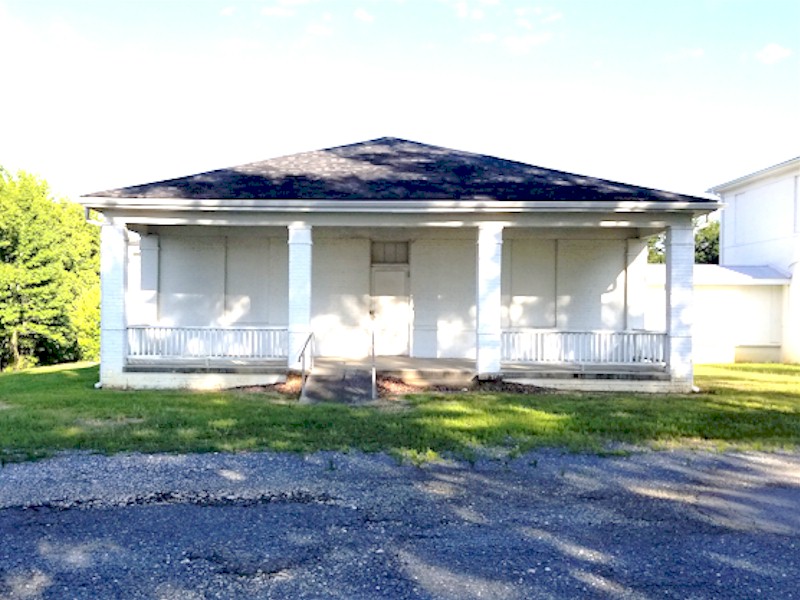
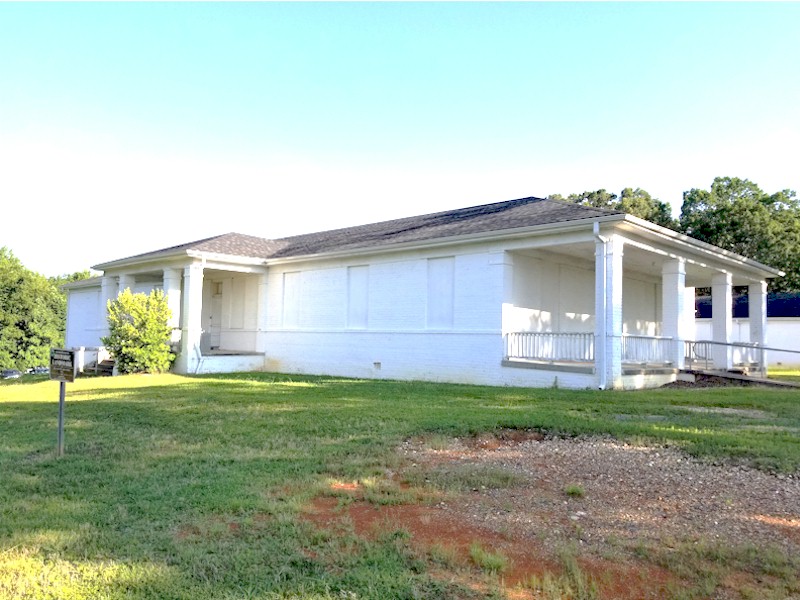
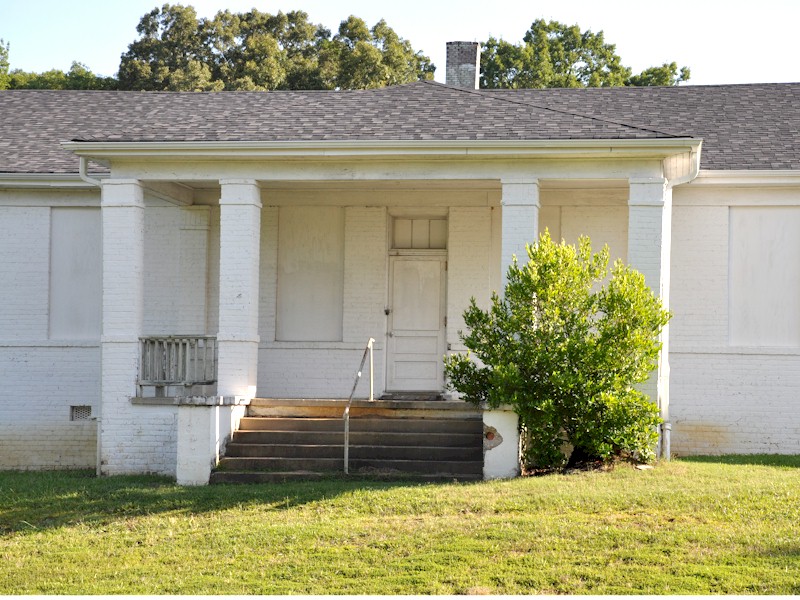
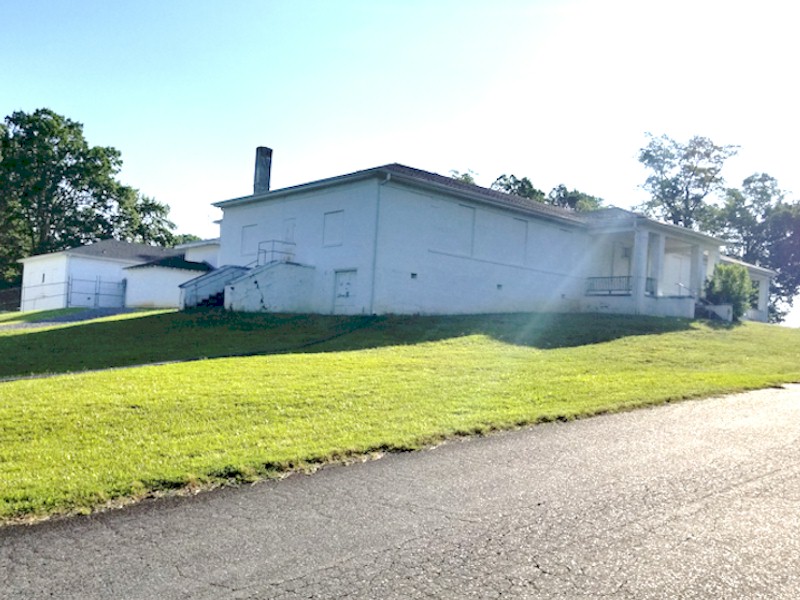
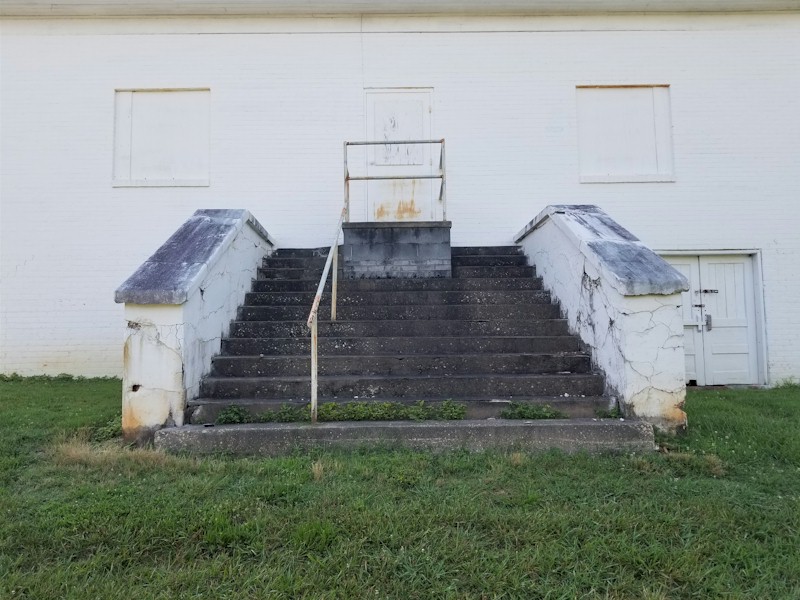
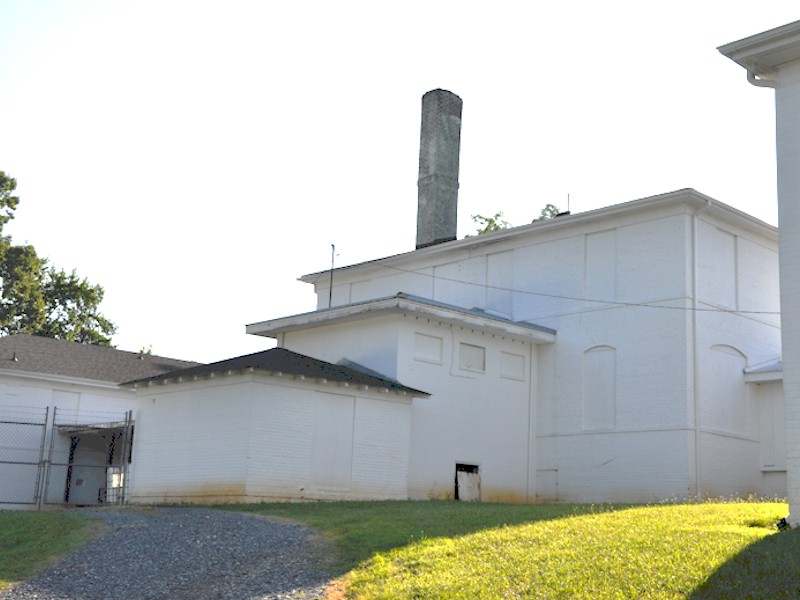
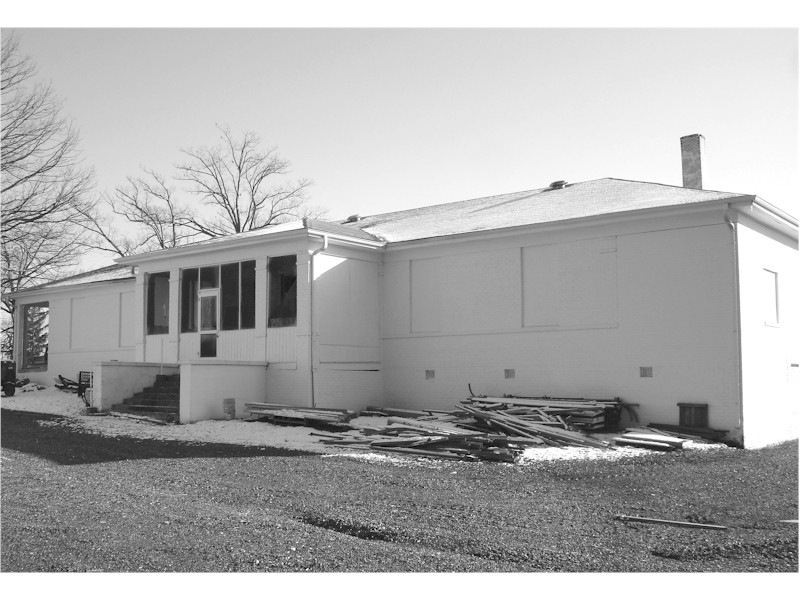
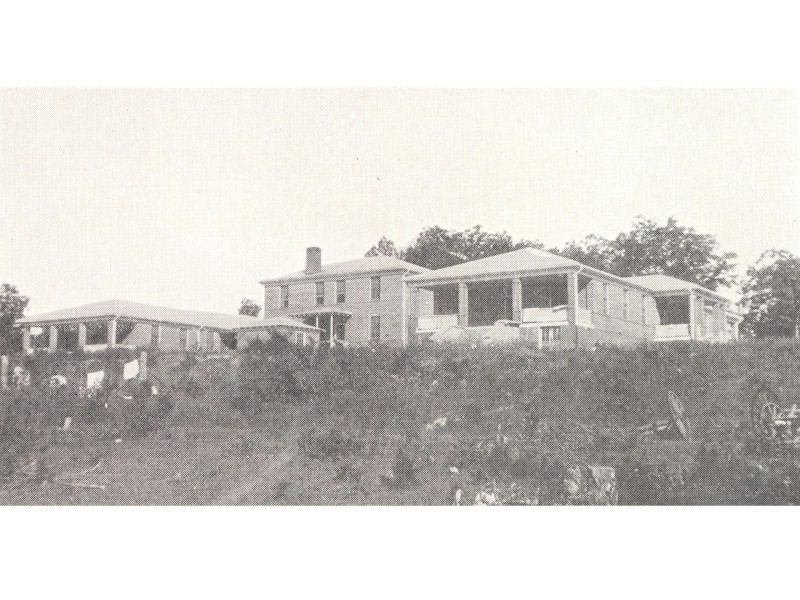
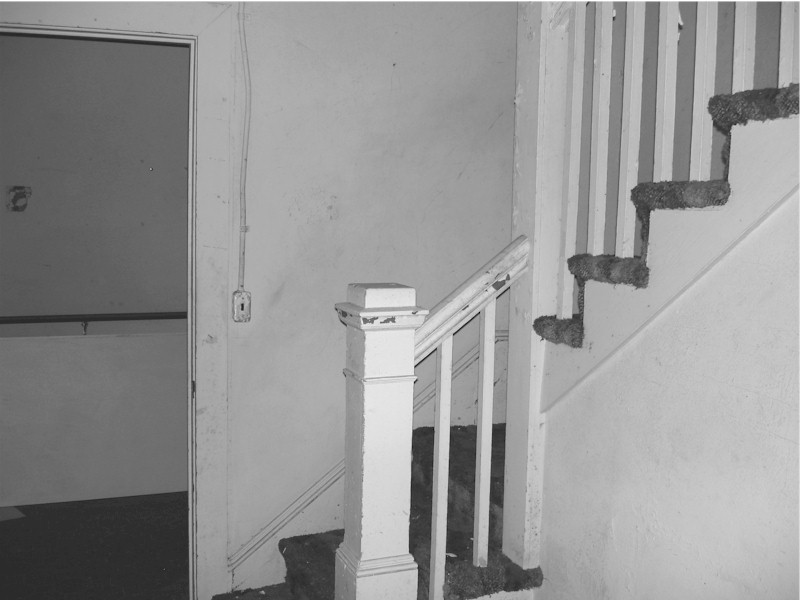
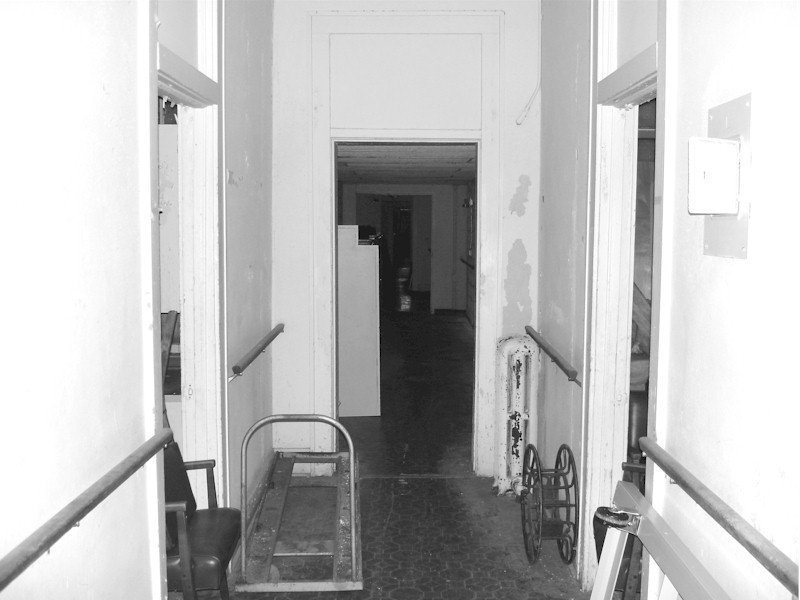
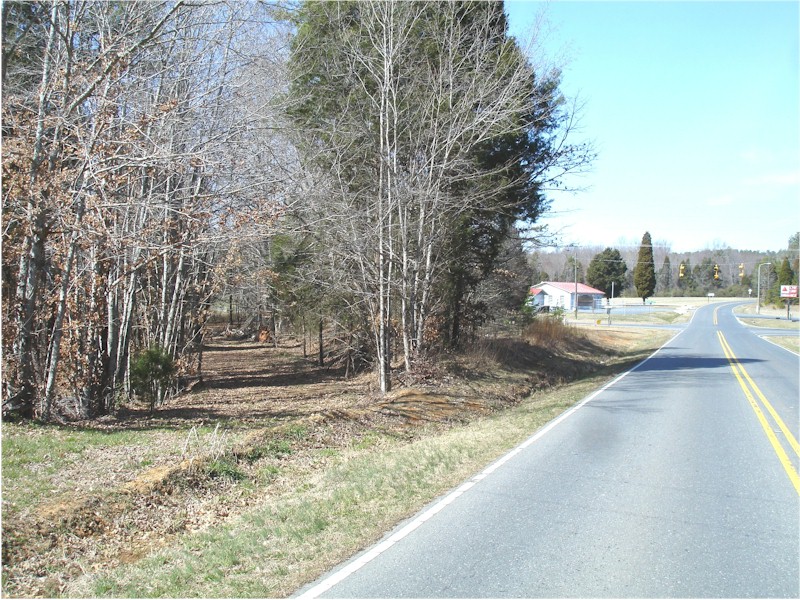
Intersection of Old County Farm Road, Caraway Mountain Road and Green Farm Road west of Asheboro.
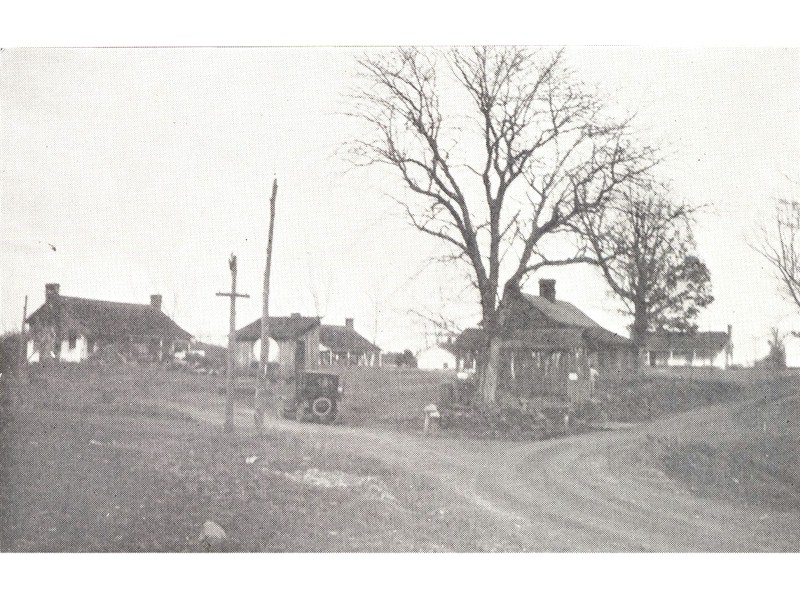
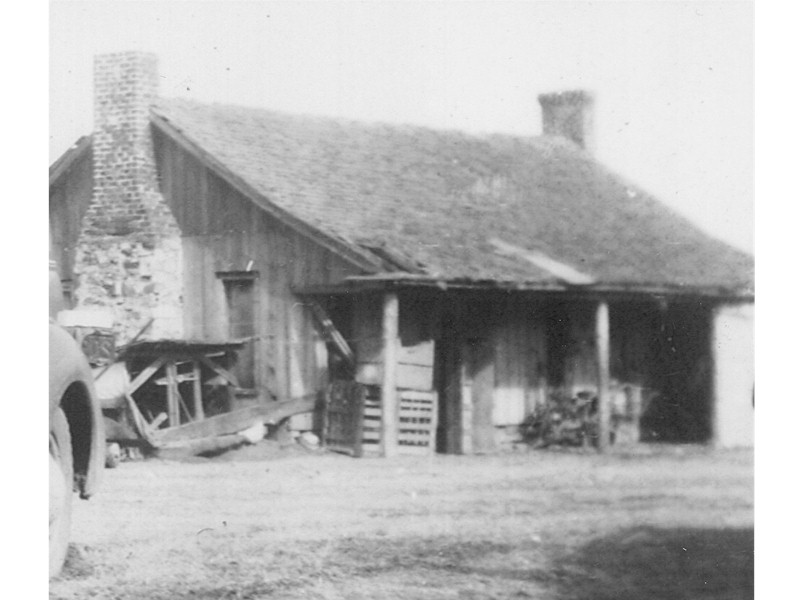
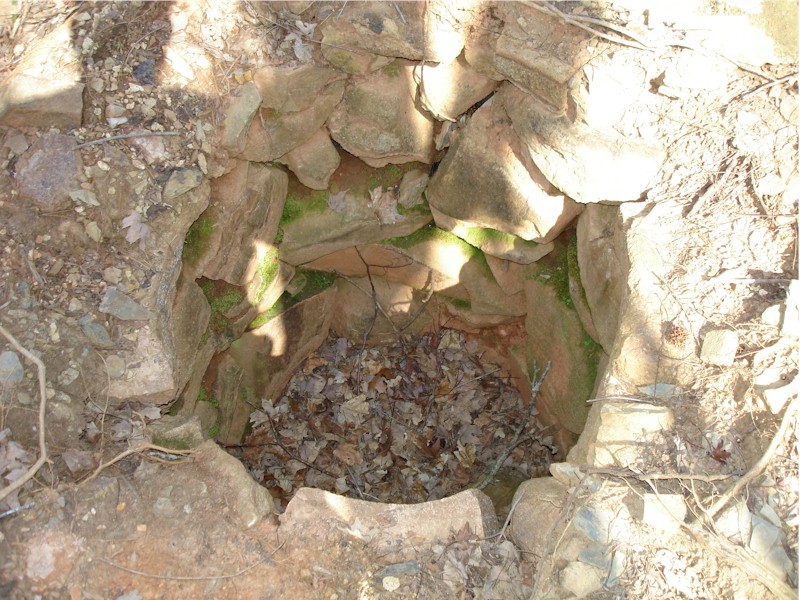
Dug by Benjamin Moore over 27 days.
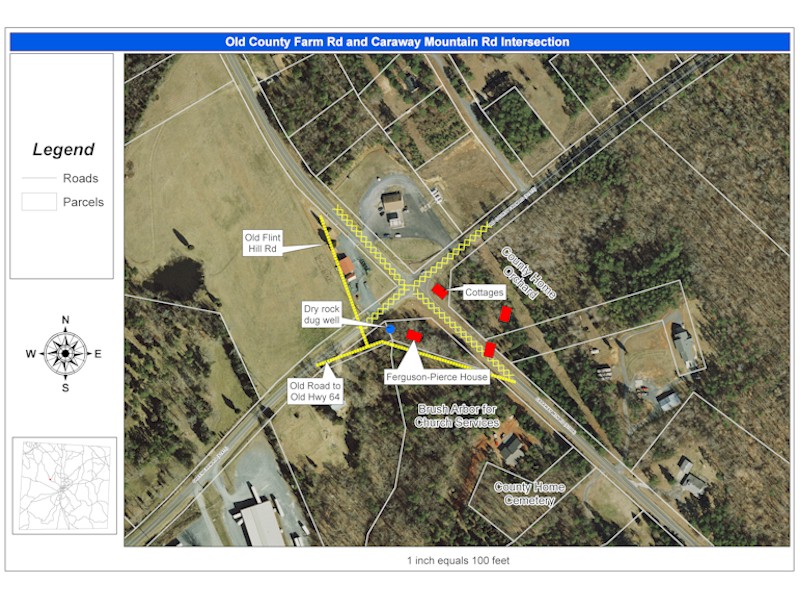
Read the Landmark Designation Report
Read the Landmark Designation Resolution
Prior to the establishment of federal safety net programs and private care facilities for the aged and impoverished, counties in North Carolina were responsible the care of the needy. In 1826, Randolph County's Wardens of the Poor purchased land west of Asheboro for a "Poor House" at the present-day intersections Caraway Mountain Road, Old County Farm Road, and Green Farm Road. The Poor House was a collection of cottages in which the residents lived. Overseers (also called stewards or undertakers) operated the Poor House under contract to the Wardens. A special tax was levied for the upkeep of the Poor House and the care of its residents. Local physicians were hired to see to the residents' medical needs, and ministers to see to their spiritual needs, on a rotating basis.
The systems was modernized in 1922 with the completion of the County Rest Home on the "highway leading from Washington to Atlanta," now South Fayetteville Street in Asheboro. At the time, the site, purchased by the county commissioners from R.J. Hopkins, was about a mile outside the city limits. Built at a cost of $43,600, the sprawling structure is an example of a transition from the boxy turn-of-the-century Craftsman or "American Foursquare" style of residential design to the Bungalow style. The plan of the complex of buildings is the familiar service wing-and-hyphen "plantation house" design that goes all the way back to English Baroque examples, and was first seen in America in the Governor's Palace in Williamsburg.
The new County Rest Home was occupied in May 1922 by Superintendent N.H. Ferguson and his family, and 20 "inmates." "It is modern and up-to-date in every respect," Asheboro's The Courier newspaper stated in a June 8, 1922, article.
The county directly operated the rest home until 1958, when Cap and Mabel Burrow, owners of Therapeutic Alternatives, took over as contractors at the request of the county commissioners. In 1961, the county government involvement ended and the Burrows operated it as a private facility, Randolph Rest Home, until 1990.
